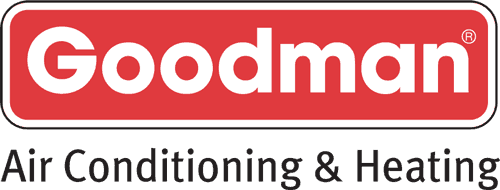Indoor Air Quality and Ventilation Services in MA
What Causes Indoor Air Quality Problems?
The primary causes of poor indoor air quality in homes in Massachusetts is caused by indoor pollution sources that release gases or particles into the air. There are many sources of indoor air pollution in most Massachusetts homes. These include combustion sources such as oil, gas, kerosene, coal, wood, and tobacco products; building materials and furnishings as diverse as deteriorated, asbestos-containing insulation, wet or damp carpet, and cabinetry or furniture made of certain pressed wood products; products for household cleaning and maintenance, personal care, or hobbies; central heating and cooling systems and humidification devices; and outdoor sources such as radon, pesticides, and outdoor air pollution. The relative importance of any single source depends on how much of a given pollutant it emits and how hazardous those emissions are. In addition, inadequate home ventilation can increase indoor pollutant levels by not bringing in enough outdoor air to dilute emissions from indoor pollution sources and by not carrying indoor air pollutants out of the home. High temperature and humidity levels can also increase concentrations of some pollutants. There are three basic strategies to improve indoor air quality, pollution control, ventilation improvements and air cleaners.
Pollution Control
Usually the most effective way to improve indoor air quality is to eliminate individual sources of pollution or to reduce their emissions. Some sources, like those that contain asbestos, can be sealed or enclosed; others, like gas stoves, can be adjusted to decrease the amount of emissions. In many cases, source control is also a more cost-efficient approach to protecting indoor air quality than increasing ventilation because increasing ventilation can increase energy costs.
Ventilation Improvements for your Home
Improving your homes ventilation and allowing more outdoor air to enter your home is another way to lower the concentrations of indoor air pollutants in your Massachusetts home. Most home heating and cooling systems, including forced air heating systems, do not mechanically bring fresh air into the house. Opening windows and doors, operating window or attic fans, when the weather permits, or running a window air conditioner with the vent control open increases the outdoor ventilation rate. Local bathroom or kitchen fans that exhaust outdoors remove contaminants directly from the room where the fan is located and also increase the outdoor air ventilation rate.
Air Cleaners to Improve Indoor Air Quality
There are many types and sizes of air cleaners on the market, ranging from relatively inexpensive table-top models to sophisticated and expensive whole-house systems. Some air cleaners are highly effective at particle removal, while others, including most table-top models, are much less so. Air cleaners are generally not designed to remove gaseous pollutants. The effectiveness of an air cleaner depends on how well it collects pollutants from indoor air and how much air it draws through the cleaning or filtering element.








